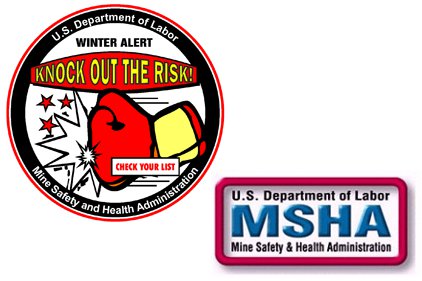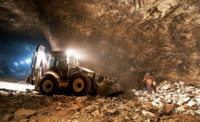 While many workers have to take steps to avoid frostbite and hypothermia during the winter, miners face an even greater danger: explosions.
While many workers have to take steps to avoid frostbite and hypothermia during the winter, miners face an even greater danger: explosions.
Statistics show that coal-mine explosions occur most often during the colder months, October through March. The Mine Safety and Health Administration (MSHA) says that low barometric pressure and low humidity, combined with the seasonal drying of many areas in underground coal mines, have been key factors in past mine explosions.
The MSHA has launched its annual "Winter Alert" campaign to call attention to the dangers caused by cold weather. In underground coal mines, mine operators should ensure that there is adequate ventilation in the mine, apply liberal amounts of rock dust, conduct frequent and thorough examinations, and be familiar with emergency procedures that prevent coal-mine ignitions and explosions.
"As we near the winter season, when the potential for mine explosions is greater, and colder weather creates some drastic changes in the mining workplace, mine operators need to take additional precautions to protect miners," said Joseph A. Main, assistant secretary of labor for mine safety and health.
The agency's "Knock Out the Risk" campaign also advises mining companies to take measures to avoid more universal workplace winter hazards by removing snow and ice in travel ways, applying salt and sand where needed and frequently examining highwalls for stability.
During normal inspections, MSHA inspectors will be distributing posters, hard-hat stickers and pocket cards with the "Knock Out the Risk" theme to miners and mine operators.






